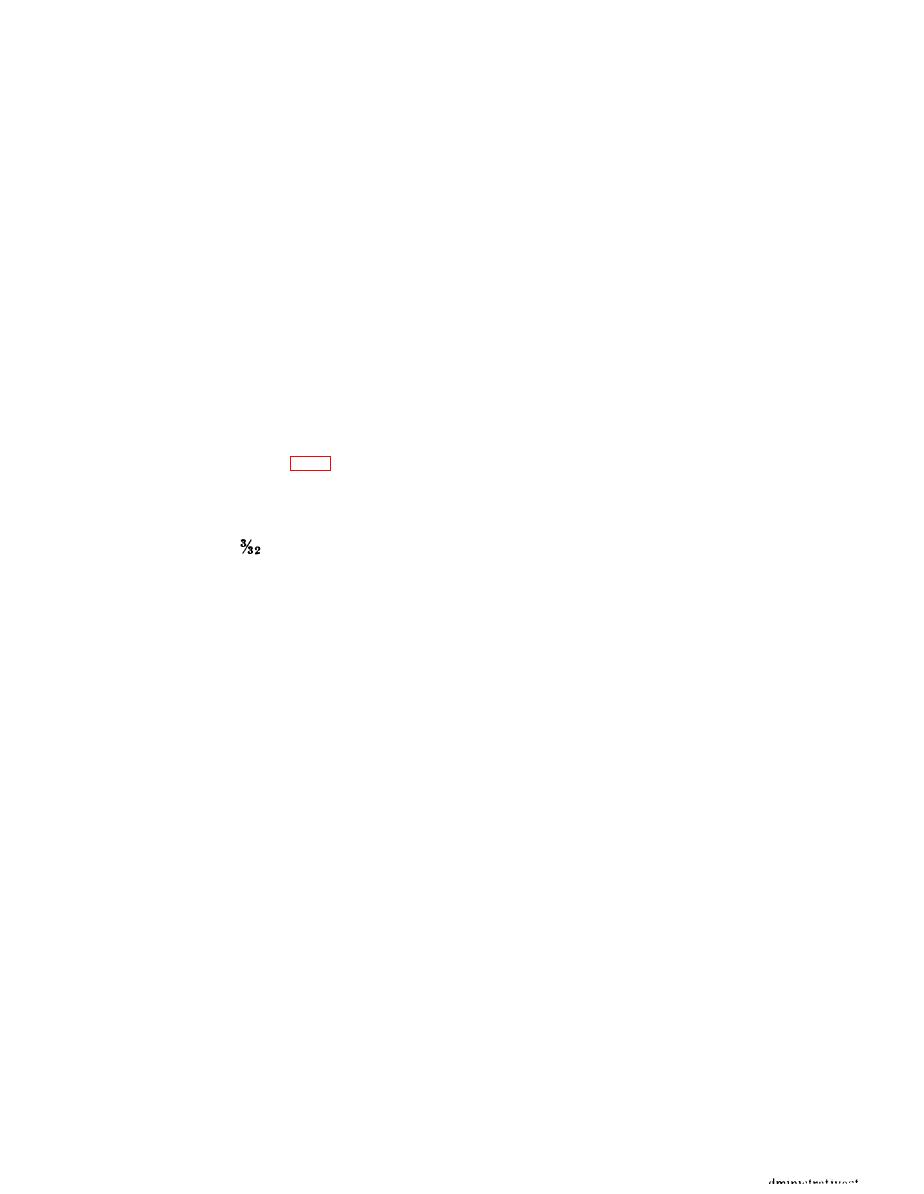
Section III. METHODS OF PRESENTATION
14. General
a. Planning Presentation.
(1) Determine the prime objectives of the presentation.
(2) Consider the objectives in determining what type of copy is
to be used and how it is to be used.
(3) Carefully plan and organize the entire presentation. When
timing the presentation, allow for audience participation,
if desired.
(4) Rehearse a sufficient number of times so that brief notes
may be used rather than verbatim commentary.
b. Types of Copy.
graphs, blueprints, etc.
(2) Special animated devices.
(3) Opaque sheets on which material is written or drawn.
(4) Books, magazines, or other thick copy.
15. Projection with Copy Feeding Unit
The projection opening is 10- by 10-inches, permitting the projection
of 81/2- by 1l-inch pages either horizontally or vertically. The copy
feeding unit provides a means for inserting and removing copy Up to
-inch thick without lowering the undercarriage assembly. To operate
the copy feeding unit, stand behind the projector and hold the crank
handle in the right hand. Take the copy in the left hand, with the
face side up and the bottom edge toward the screen, and feed it into
the left side of the projector; let it rest on the copy feeding unit belt.
When the material has been inserted approximately 1 inches, turn
the crank toward the right (clockwise). The vacuum created by the
motor fan will hold the material down on the conveyor belt, and the
conveyor belt will carry it into projection position. When the material
has been centered laterally, stop turning the crank. When the next
copy is inserted and the crank is turned, the previous projected copy
is carried out of the projector.
Note. The copy feeding unit attachment eliminates the delay in projection time
between removing one piece of copy and inserting the next since the new material
is inserted as the old is removed. Long strips of material can be fed into the projector
to obtain a panoramic effect. The smooth motion of the copy across the screen into
projection position creates a very pleasing effect and helps make the presentation
dynamic.
16. Projecting Thick Copy and Physical Objects
Thick objects (up to 1 inches thick) are projected by lowering the
15
A
. . . . . . ----

